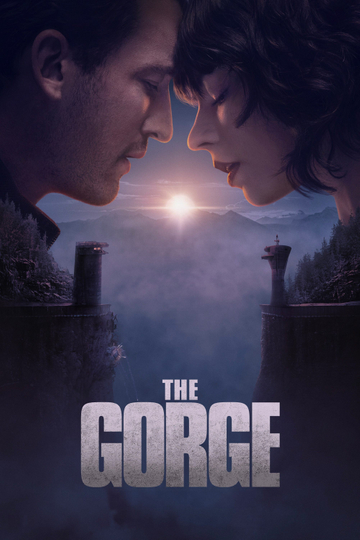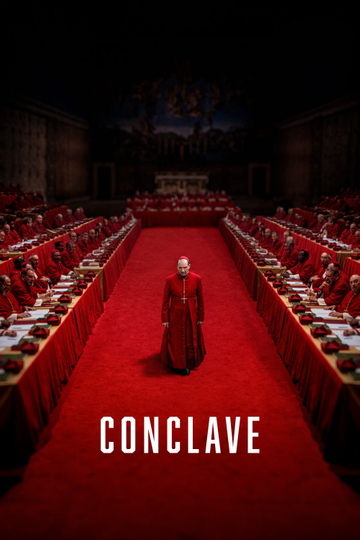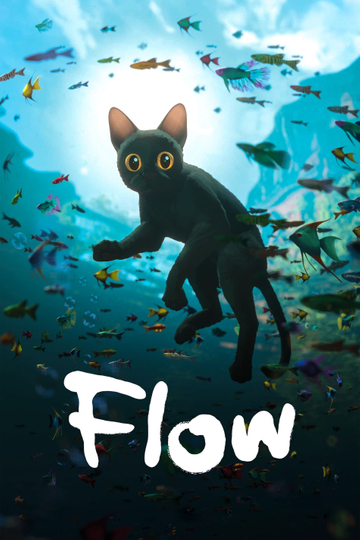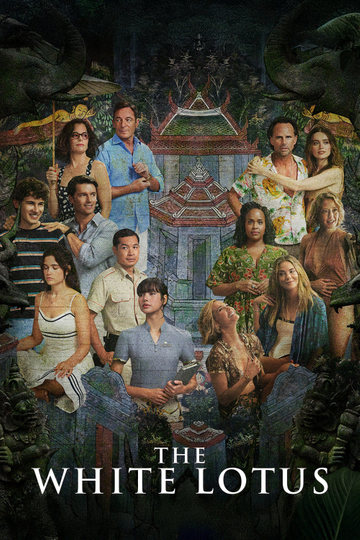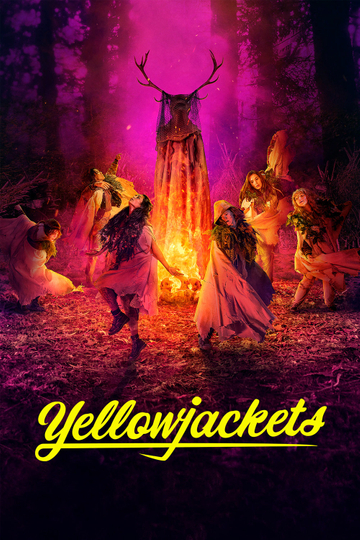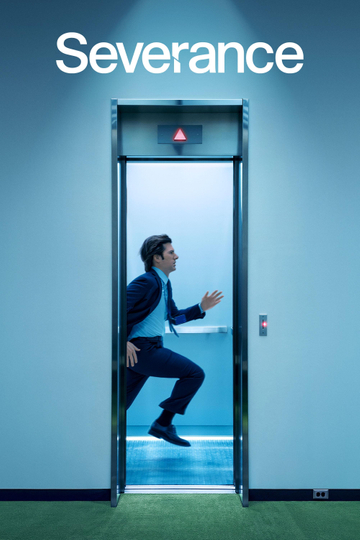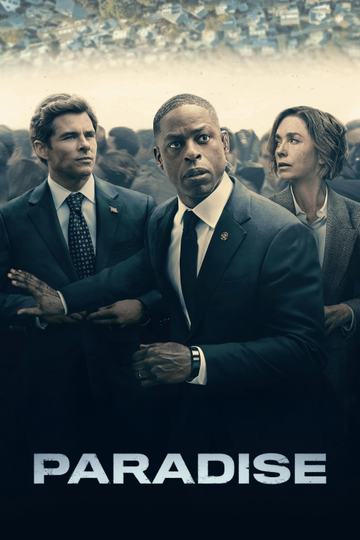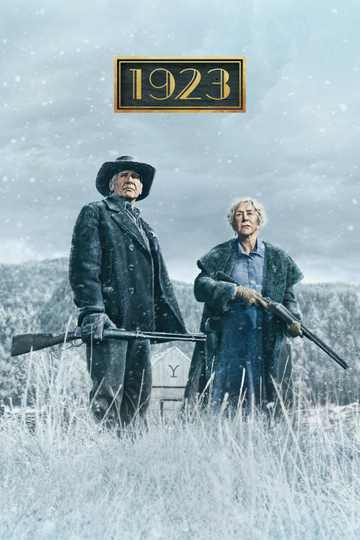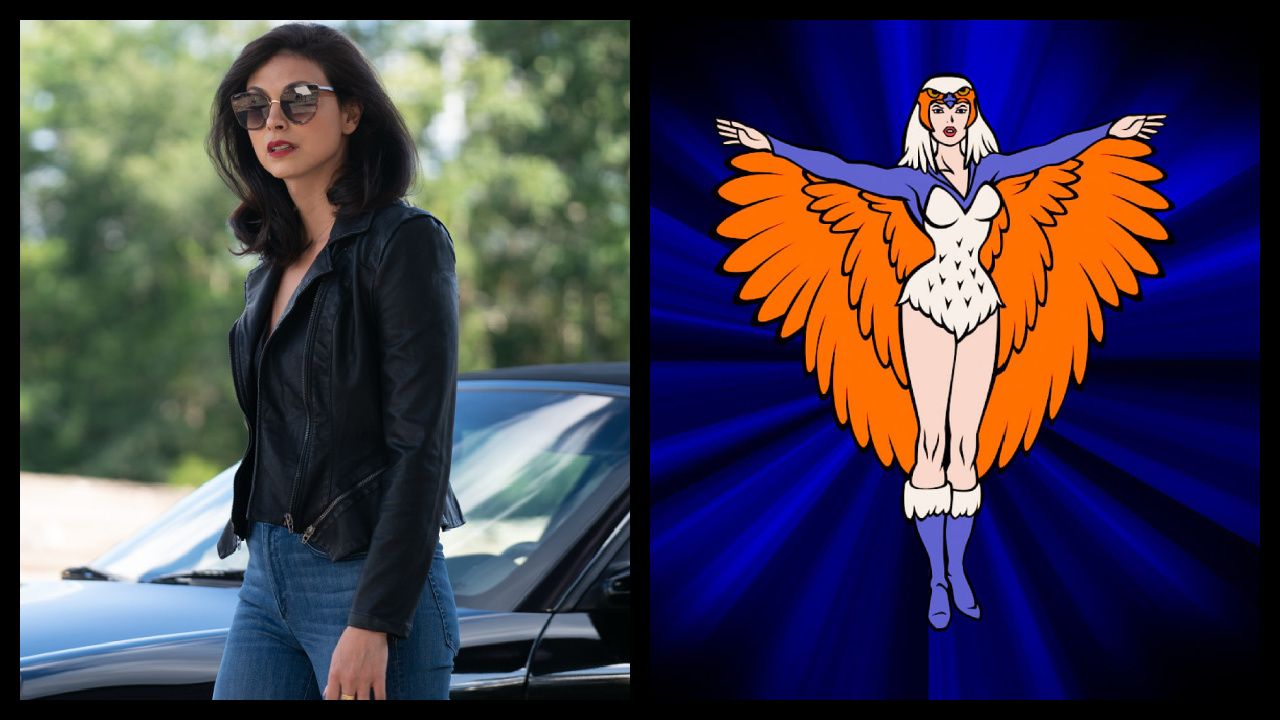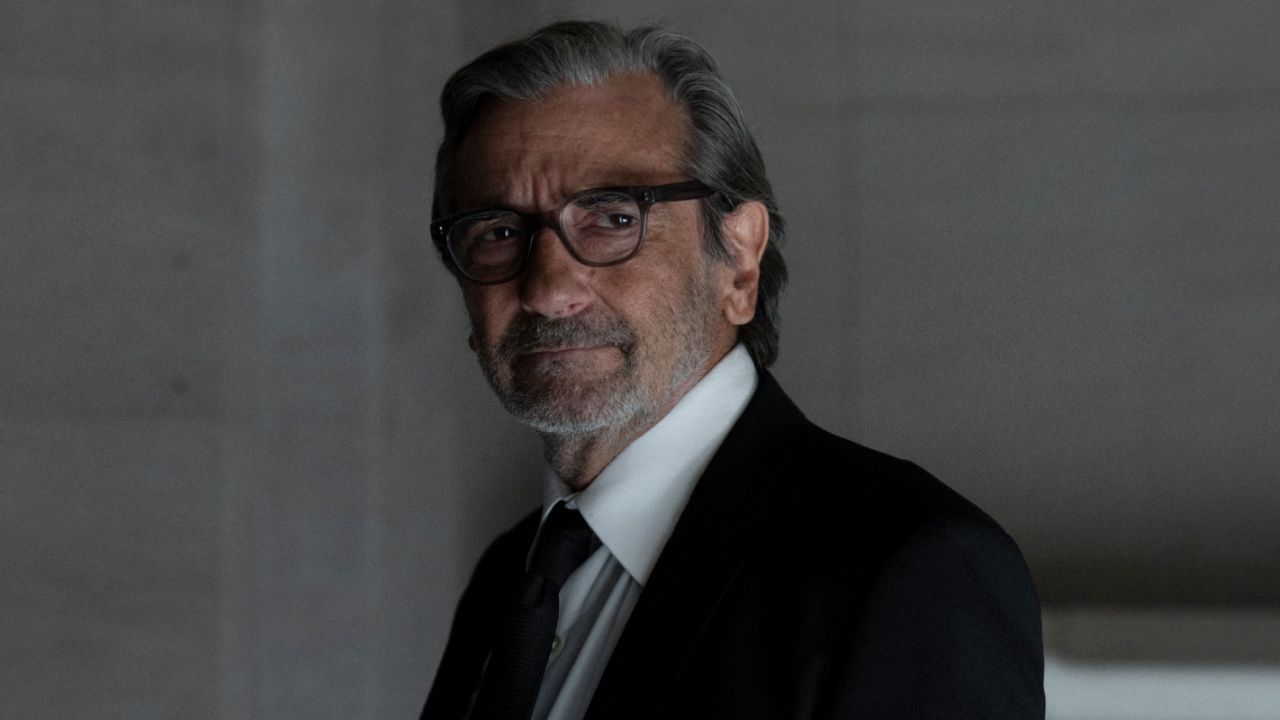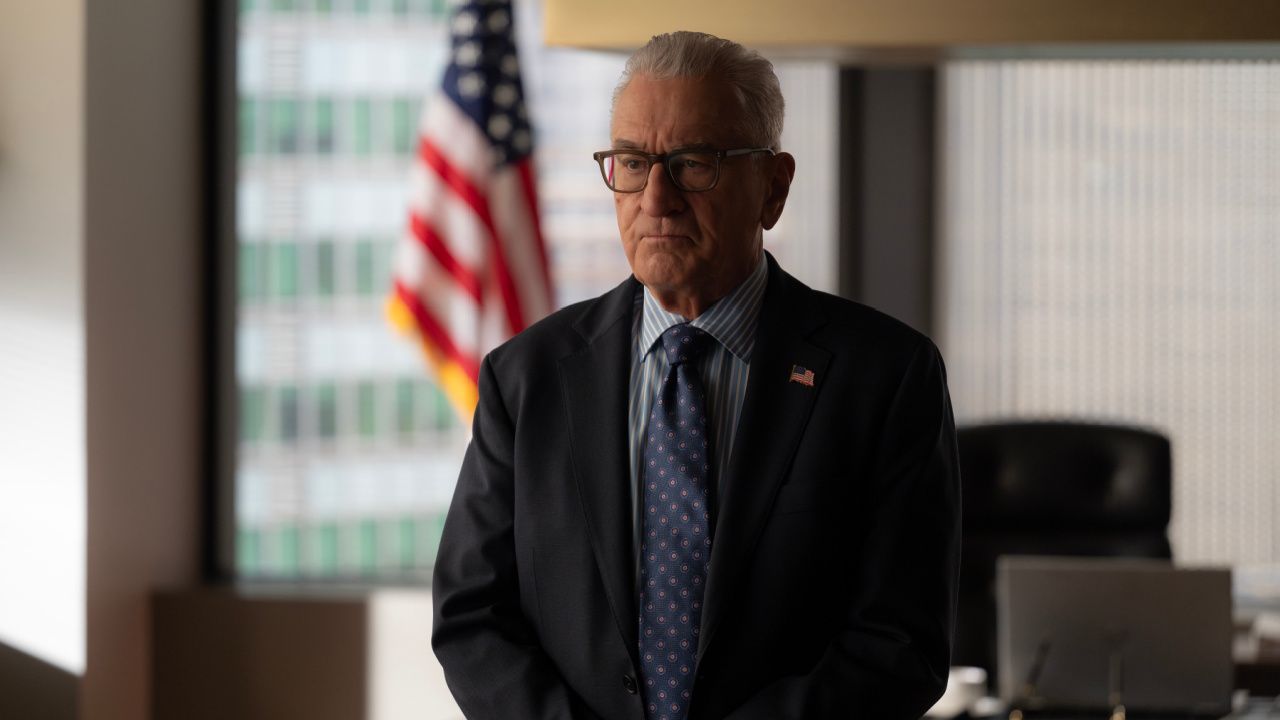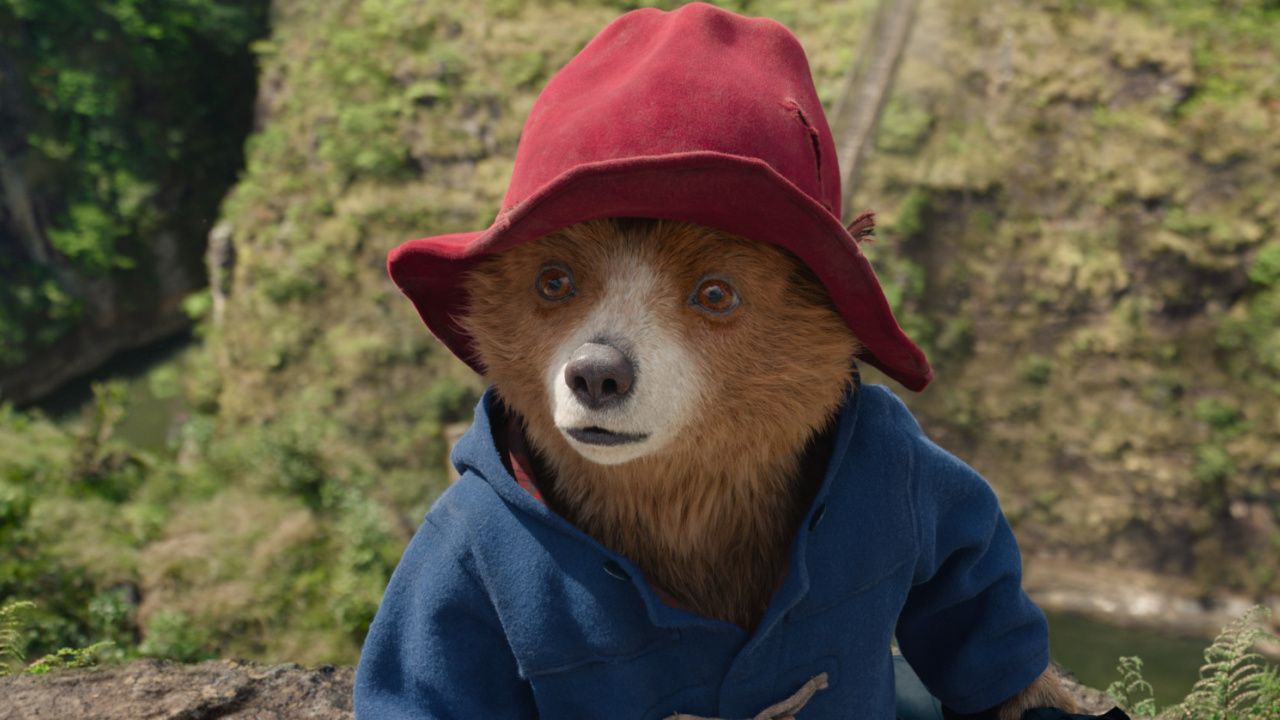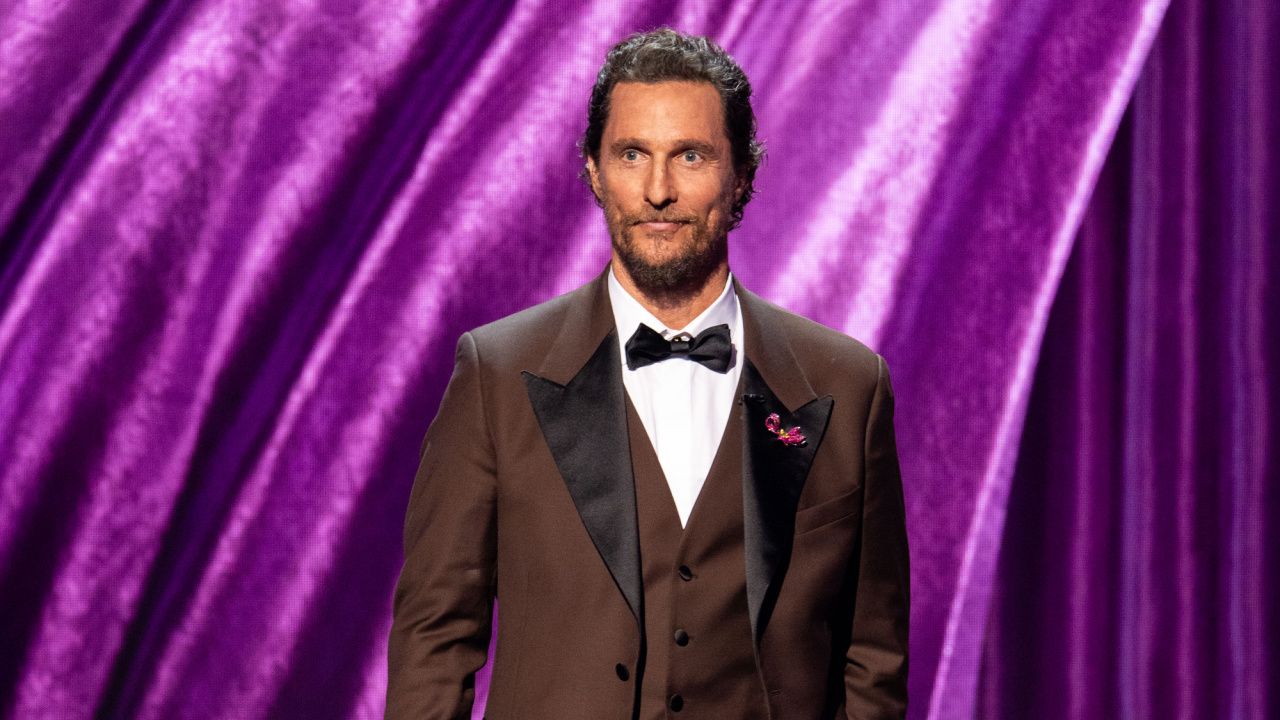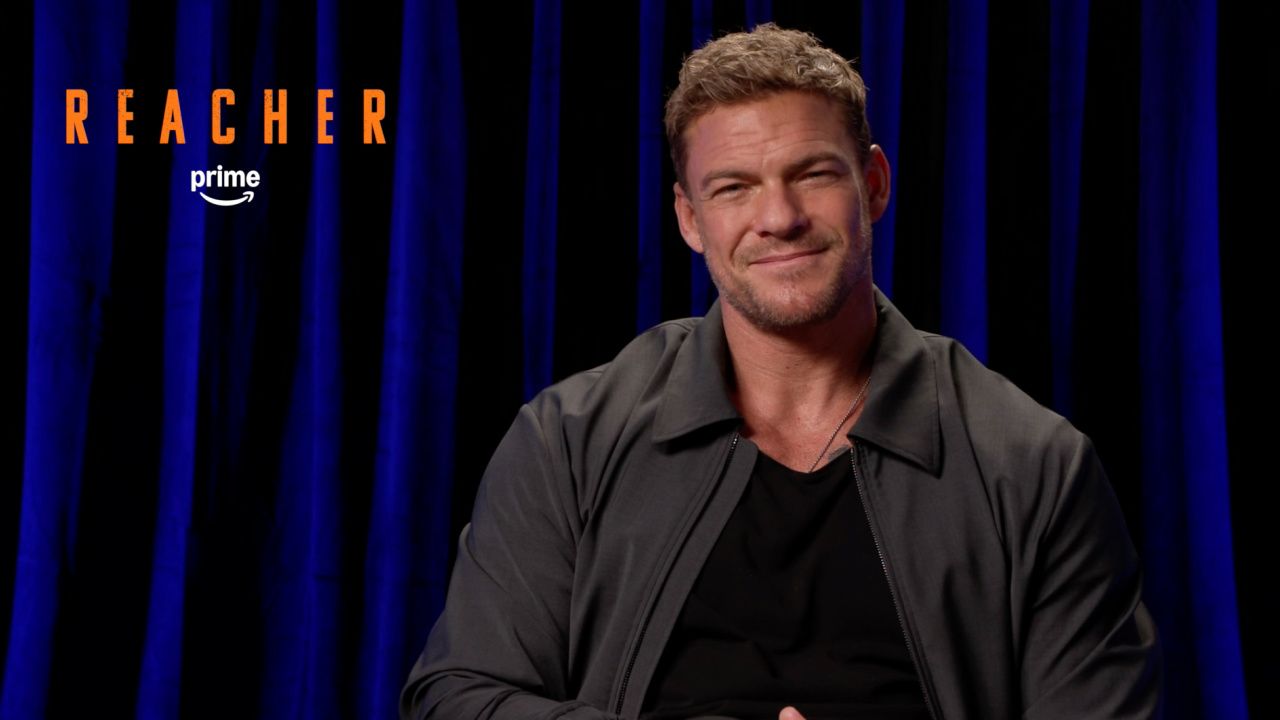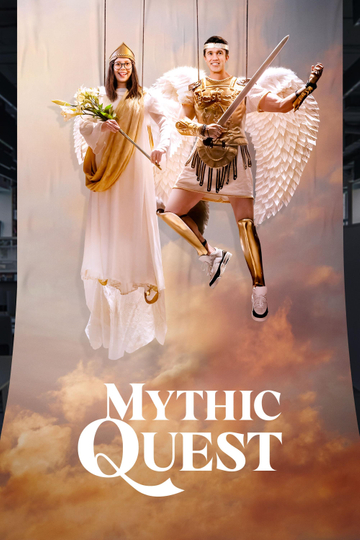Netflix's Ted Sarandos Reveals What Makes the Perfect Revival Series
Are we about to enter an era where we can check in on our old TV pals Ross and Rachel as they get their AARP cards? Where Jerry and Kramer have the same amount of hair as George? When the Bradys' bunch includes exponentially larger generational broods? Or when the latest crew of the U.S.S. Enterprise reaches the last unexplored planet at the edge of the galaxy?
We live in an age of Franchise Entertainment, and while the film industry seems to be leading the charge on an endless stream of revivals, reboots, and re-imaginings, television, too, has proven susceptible to the twin power of brand-name and nostalgia. It's not just a concept or a locale we want to revisit: it's characters we've invested in, and with whom we've shared a good degree of our TV-watching lives.
"The idea is if you can present the show so that the people will remember it and it's familiar to them, but it's still new and fresh for the new generation of fans," Ted Sarandos, the Chief Content Officer at Netflix, the game-changing streaming service and wildly successful TV-franchise-reviver, told me recently. "And it's not easy to do with every show and every storyline or every actor."
Although famous for its technical algorithms that help the company understand and even predict the tastes of its viewers, there is no hard-and-fast formula employed when it comes to choosing old favorites to revisit -- but certain factors make compelling cases. Consider the "Full House" follow-up "Fuller House," he suggests.
"I think 'Fuller House' was a really well-formed new take on the old story, and it could exist as nostalgia, but more importantly, it also has to hold up as a new piece of storytelling," says Sarandos. "So if we can get that sense that that's happening in the script, or in the writers, the passion and enthusiasm for the show with the cast, that's all that has to be there."
Hinting that there are even more fan-favorite series revisits in the planning stages, Sarandos said "the thing we're really excited about upcoming is 'Gilmore Girls.' And it's a whole different way of presenting the same stories." The hotly anticipated return -- spearhead by creator Amy Sherman-Palladino, who left the original series in a conflict with its then-network over a creative issue and was denied a chance to bring to the conclusion she planned -- will feature four seasonally-themed, 90-minute episodes.
"That's another one that's a multigenerational love for that show has never stopped -- in fact, it's grown," he explained. "That's kind of the magic recipe for these shows. The ones that go away, usually the cult gets smaller and more intense. But sometimes they get bigger, and 'Gilmore Girls' is one where the cult got bigger."
One of the key attributes of the "Gilmore Girls" revival that attracted Netflix was that "it was going to be true to the original, which was really important. Everyone was going to participate, everyone was coming back," says Sarandos. But there was a more intangible lure as well.
"The thing that I kept hearing leading up to that meeting and to that pitch was how many really amazing mother/daughter moments have happened around that show -- in life and on the show," he explained. "Women who tell the story in our own offices, in my own family, in my own life, are people who have really had special moments watching and enjoying that show with their mother, a very special part of that relationship."
It's hardly surprising that television, with its in-home intimacy and its series' often lengthy relationship with viewers, has become to look so favorably -- and successfully -- on delivering new stories starring well-loved characters overseen by their creators and played by the actors who originated them. The landscape of television that's so seemingly infinite today first expanded on the power of the rerun, recycling its most beloved TV shows to fill first whole timeslots during the day and giving them new life
"Gilligan's Island" and "The Brady Bunch," for example, may not have been critical darlings during their mildly amusing primetime network runs, made for enduring, engagingly kid-friendly fare in after-school syndication long after they were cancelled, and became classics to generations not yet born when they first aired.
Later, in the advent of cable television, whole networks built their identities by re-airing shows of yesteryear, in the way MTV co-opted "The Monkees" for retro-hip music cachet and how Nickelodeon's Nick at Nite was built on '60s-era sitcoms, eventually spawning the broadcast shrine known as TV Land. But soon enough, viewers wanted to know: what happened after that final episode? Thus, beyond indulging in viewing nostalgia with reruns, TV fans were also occasionally rewarded with revivals of their most beloved shows, first pioneered by Baby Boomer favorites.
The prototypical police procedural "Dragnet" was among to pioneers: after an eight-season run that ended in 1959, it returned with new episodes featuring lead character Sgt. Joe Friday eight years later for another three seasons.
"Star Trek" perfected resurrection: following its original rabidly cult-favored but ratings-challenged three seasons, it returned again and again, first as an animated series, followed by a hit movie franchise, a succession of high-rated syndicated series and then back to network, and over again to movies, sometimes with familiar names and faces, sometimes with brand-new casts of characters; now in its 50th year, a bona fide pop culture phenomenon after humbler beginning, Gene Roddenberry's sci-fi parable is a series again, helping launch a new-cutting edge streaming service.
Since then, all manner of TV brands were dusted off and revisited, very often giving its faithful following a chance to catch up with favorite characters in fresh new phases of their lives -- these aren't follow-ups in title only: they're specific continuations. Over the years, everything from icons like "Leave It to Beaver" to cult idols like "WKRP in Cincinnati" to pop-culture-reference-generator "The Brady Bunch" (several times over, always in a puzzling new format) with members of the original cast -- and often the creative teams -- on board.
Today, largely kicked off by Netflix's resurrection of "Arrested Development" -- another critically admired but low-rated series with a passionate fanbase that, like "Star Trek," only grew in stature and size after its network demise -- in a clever move that helped announce the streaming company as a creator of original content.
Since then, Netflix has become a television powerhouse, partly due to its successes re-launching "Arrested," "Fuller House," and soon "Gilmore Girls," prompting a diverse group of networks to mimic the trend: traditional broadcaster Fox revived "The X-Files" and has "Prison Break" on deck; pay cable's Showtime has Twin Peaks" forthcoming.
No one's being pitched harder on series revivals than Netflix. "There's a lot of pitches," says Sarandos, who's entertained more than his share of meetings, but has resisted the easy impulse to make the subscription service a reboot specialist even as its vast library of series lends itself ideally to the model.
"It's not very practical or even desirable to do many of them," he said, "But the ones that have worked well, I think it's one of those ones like 'Fuller House,' which has been such a success because 'Full House' never really dropped out of the culture. It's been on TV non-stop since it originally aired. So there are two generations of families now who grew up on that show who love it."
A double-edged aspect of Sarandos's job includes taking meeting with some pretty legendary television talent with resurrection notions that he has to often say no to, which he admits breaks his heart. "It does, it does," he shrugs. "But it's always such a thrill [to meet with them]."


